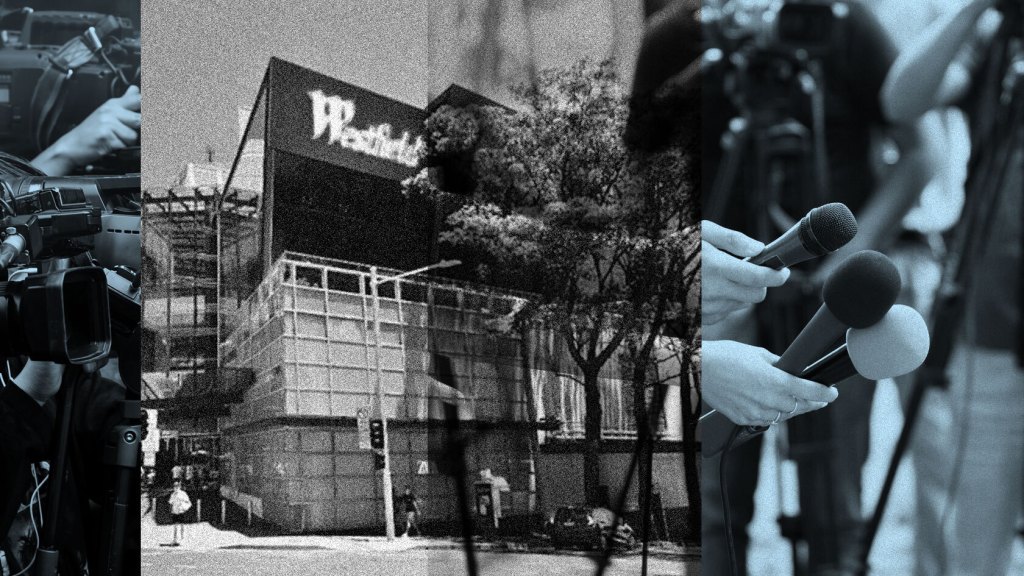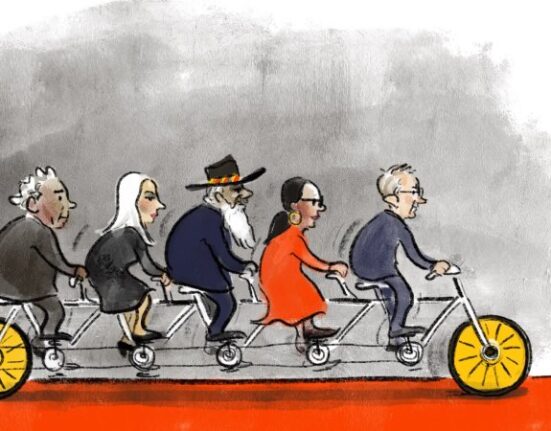The chilling events that unfolded at the Bondi Junction shopping center in April last year not only shook the community to its core but also exposed significant failings in the Australian media’s coverage of the tragedy. As the details of the attack emerged, the media’s missteps and insensitivity became glaringly apparent, leaving a trail of trauma and misinformation in their wake.
The story of Elizabeth Young, whose daughter Jade was among the six individuals tragically killed during the attack, encapsulates the anguish experienced by the victims’ families. Young’s harrowing account of seeing her daughter’s lifeless body broadcasted on national news channels highlights the callousness with which the media handled the aftermath of the tragedy. The term “trauma porn” entered the public lexicon, describing the voyeuristic and exploitative nature of media coverage that prioritized sensationalism over sensitivity.
“We hope,” Peggy Dwyer SC, counsel assisting the inquest, emphasized, “the media will have to reflect deeply on the processes it followed in covering the tragedy, its attempt to obtain footage, images and interviews, and the impact of this reporting on the victims’ loved ones.”
The media’s rush to report on the attack led to a flurry of misinformation and speculation, with online platforms fueling unfounded theories about the attacker’s identity and motives. Channel 7’s erroneous identification of a student as the killer, coupled with sensationalist commentary from supposed experts, underscored the reckless disregard for accuracy and ethical reporting standards.
Ashley Wildey, the fiancée of victim Dawn Singleton, raised concerns about media outlets republishing social media images of the victims without consent, highlighting the violation of privacy and the lack of journalistic integrity in the pursuit of sensational headlines.
Veteran broadcaster Ray Hadley’s insensitive remarks on his radio program further exemplified the media’s lack of empathy and respect for the victims and their families. Hadley’s cavalier attitude towards disclosing sensitive information without verifying its accuracy demonstrated a troubling trend of sensationalism trumping journalistic ethics.
The fallout from the media’s mishandling of the Bondi Junction attacks extended beyond factual inaccuracies to the infliction of emotional distress on the victims’ loved ones. Wildey’s poignant account of being bombarded with insensitive messages from journalists devoid of compassion paints a stark picture of the media’s failure to uphold basic standards of decency and empathy in reporting on tragic events.
Julie Singleton’s anguish at the premature public confirmation of her daughter’s identity before informing close relatives, coupled with the media’s intrusive filming of the victim’s body being removed from the scene, underscored the profound insensitivity and lack of respect exhibited by certain media outlets.
As the inquest into the Bondi Junction attacks unfolds, it serves as a sobering reminder of the need for stringent media guidelines on reporting mass casualty events. The moral implications of exploiting tragedies for profit and viewership underscore the urgent necessity for the media to prioritize ethical reporting practices that prioritize compassion, accuracy, and respect for the victims and their families.
The Bondi Junction tragedy stands as a stark indictment of the media’s failure to uphold its responsibility to inform the public with integrity and empathy. It is a clarion call for the industry to reflect on its practices, reassess its priorities, and commit to a standard of reporting that honors the dignity and humanity of those impacted by tragedy.









Leave feedback about this